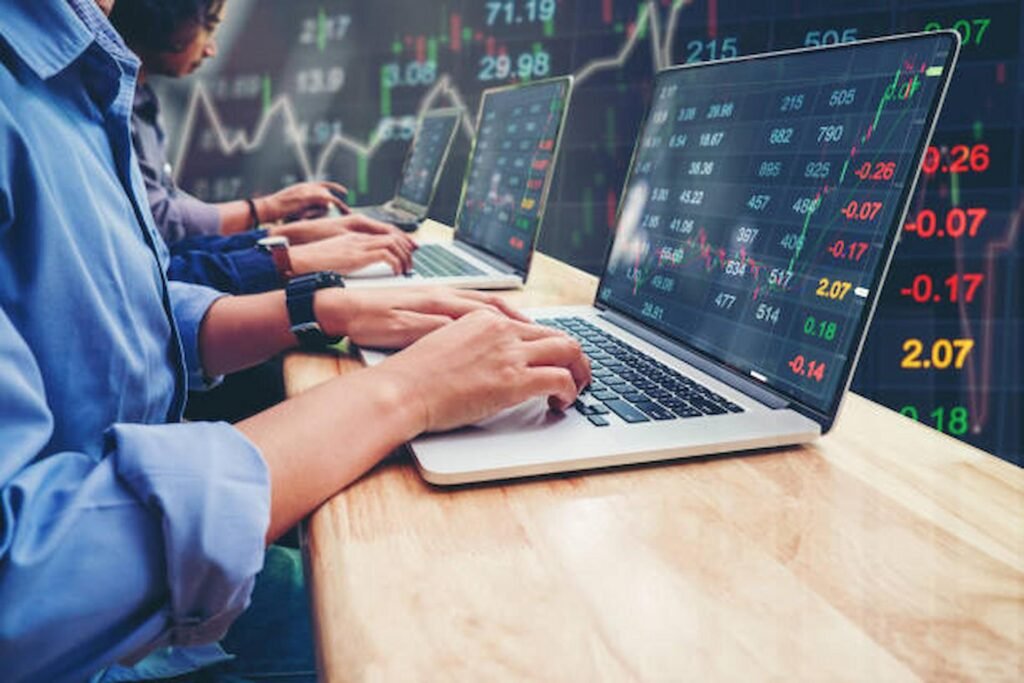Imagine a week filled with central bank meetings, inflation data releases, and unexpected geopolitical tensions. Markets move quickly, liquidity dries up, and spreads begin to widen. This isn’t unusual, it’s just another trading week in the forex world. What matters is how you navigate it.
Trading around risk events can either boost your results or damage your positions, depending on your timing and awareness. One of the key variables that changes during uncertain periods is the spread. Knowing how to prepare for this can make the difference between frustration and opportunity.
Let’s look at three realistic trading scenarios and examine how spreads behave and what you can do to stay ahead.
Scenario One: The Pre-Event Setup
You are monitoring the EUR/USD pair a few hours before the European Central Bank is scheduled to release its latest rate decision. There’s buzz in the market, but no volatility just yet. This is typically a low-liquidity window. Traders are cautious, brokers are adjusting their risk models, and spreads may begin to widen even before the news hits.
In this moment, jumping into the market may expose you to higher transaction costs. It might seem like a quiet window, but in reality, you are already paying more for uncertainty. The Best Forex Spreads are rarely available during this pre-event tension, and entering now could make your stop-loss more vulnerable.
Instead, some traders choose to stay flat or reduce position size ahead of a major release. Others look for technical confirmation that liquidity has returned after the announcement before engaging with full volume.
Scenario Two: The Post-Event Reaction
The announcement drops. The market moves quickly. Spreads widen almost instantly as brokers brace for slippage and volatility. It is tempting to chase the move, especially if price breaks through a key technical level.
But this is where discipline matters. Even though volume increases during these reactions, the type of volume matters. It is emotionally driven, often chaotic, and short-lived. Spreads remain wide, especially in the first minute after news.
Experienced traders avoid entering during the initial burst. They let the first reaction play out and wait for price to settle. When things calm and liquidity returns, spreads tighten. This is where the best Forex spreads usually reappear, giving you a cleaner entry point.
Entering during this recovery phase, rather than at the height of volatility, reduces your cost and improves execution accuracy. It also gives you a clearer picture of real market direction.
Scenario Three: The Overnight Risk Event
Sometimes, big news drops during the Asian session or while you sleep. A political crisis, natural disaster, or surprise economic policy can shake the market unexpectedly.
These events create sharp gaps or sudden volatility. If you have open trades, they can be affected by widened spreads even if your technical analysis was perfect. Risk events do not follow charts. They influence broker behavior and can instantly increase the cost of being in the market.
To protect yourself in this type of environment, some traders reduce exposure going into overnight sessions or use wider stop-losses paired with reduced lot sizes. Others avoid holding trades through risky time zones unless there is a compelling reason to do so.
During these periods, forget about chasing the best Forex spreads. Your focus should be on risk containment. That means smaller positions, clear levels, and extra caution in trade placement.
Tactical Takeaways for Uncertain Markets
Risk events are part of trading. They cannot be eliminated, but they can be managed. The first step is recognizing when spreads are likely to shift. If you build your strategy around normal spreads but enter during a high-impact event, your edge quickly disappears.
Waiting for clarity is not a weakness but a strategy. The traders who consistently find the best Forex spreads are not necessarily the first to act. They are the ones who act with context, timing, and patience.
Before placing trades, look beyond the chart. Check the economic calendar. Scan the news. Assess the mood of the market. These small habits shape your cost structure and improve your ability to trade under pressure.
In uncertain markets, the difference between average execution and favorable conditions often comes down to how well you read the environment before making your move.





